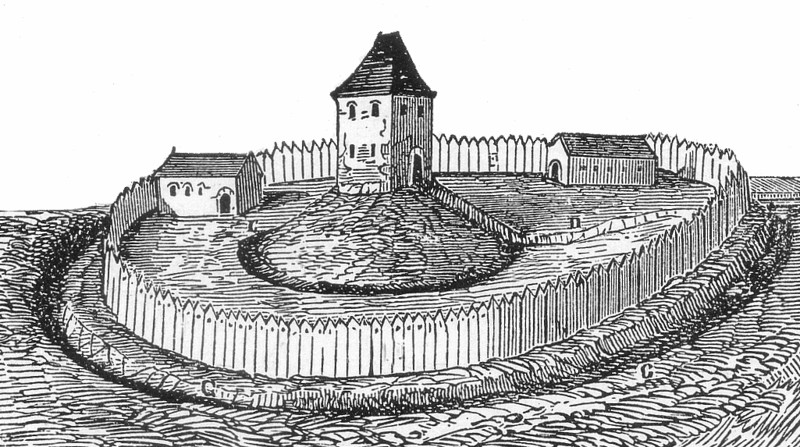Abbreviating litre with a lowercase L can be confusing, as the character can be mistaken for the digit 1. But usually the International System of Units permits a capital letter only when a unit is named after a person.
So, in 1978, University of Waterloo chemist Kenneth Woolner announced in a schoolteachers’ newsletter that the litre had been named for Claude Émile Jean-Baptiste Litre, a fictional French scientist who had proposed a unit of volume measurement before his death in 1778.
Woolner had intended the claim only as an April Fools’ hoax, but the point was made. Today the U.S. National Institute of Standards and Technology recommends abbreviating litre with an uppercase L.





